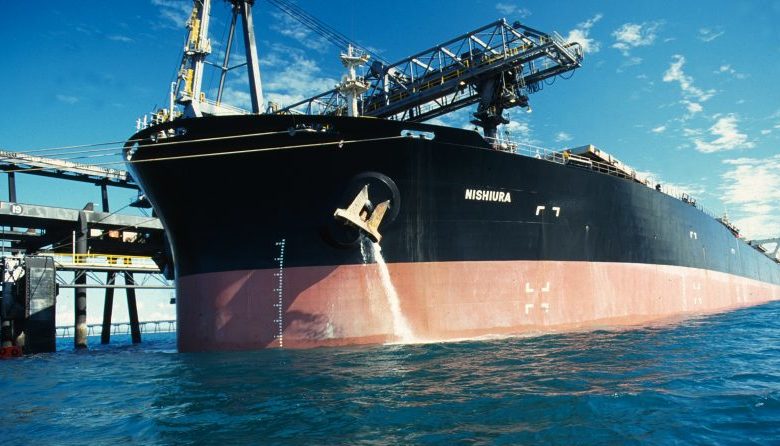Price war erupts among ballast water management system providers

Dr Stelios Kyriacou from De Nora writes for Splash today on the race to the bottom for ballast water management systems.
Now that the enforcement deadline for the Ballast Water Management Convention (BWMC) is drawing near we are starting to see very real movement in the market. Manufacturers and suppliers are needing to shift gears to meet demand, although we’re far from the peak.
The biggest trend we’re seeing is the emergence of a price war between technology manufacturers, driven by the demands of capex-sensitive owners. The reality is that although the message from manufacturers and suppliers is all about finding the right system, the incoming questions aren’t about applicability or maintenance requirements – they are about price.
The effect of price-driven decision making can encourage predatory pricing among manufacturers aiming to eliminate competition in their selected sector. Such predatory pricing is already perceptible in shipbuilding countries, where domestic suppliers dominate the newbuild market at the expense of foreign makers.
Owners and operators might think that this is great for them as manufacturers compete with each other to offer whatever solution they can at the lowest possible price. However, in reality this could cripple owners in the medium- to long-term.
In the retrofit case, if owners are investing in ballast water treatment it’s clear they’re expecting a further ten or more years of operation for those ships. They have to stop thinking about what they will pay for the installation only and give due consideration to life cycle costing. A low-cost ballast water treatment system with meagre operational availability would be a poor decision compared to a system that is a good fit to the ship’s operational profile with enhanced availability and reliability but higher upfront cost. Shipowners have mentioned lack of equipment choice at the shipyards, but they are not willing to pay the price difference for their first-choice equipment.
A price war means a race to the bottom. Manufacturers will turn to the lowest priced specification to maintain profit margins, and that means compromise – either on durability or efficiency or, in some cases, both. That means more spend on maintenance and spare parts, greater energy expenditure and higher fuel costs for owners in the long-run.
Manufacturers can also charge owners less by offering them less aftercare and fewer other services, and there’s a risk that increased commoditisation will encourage a ‘fit and forget’ mentality amongst suppliers. A guarantee and a service agreement offer very real security to owners that they are buying long-term compliance and a partnership with a credible supplier rather than just a piece of equipment. If this cost isn’t built into the ballast water solution you’re installing, you’re looking at greater operational costs over the lifetime of the system.
Ballast water treatment is a long-term consideration for vessels and price must be considered as a lifetime expenditure rather than a one-off cost. Fundamentally, you get what you pay for.
